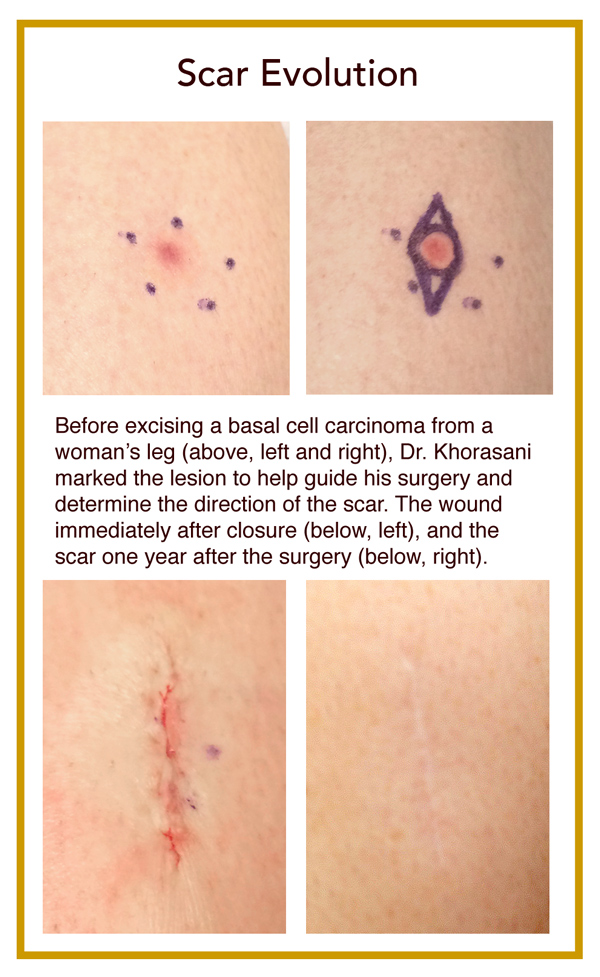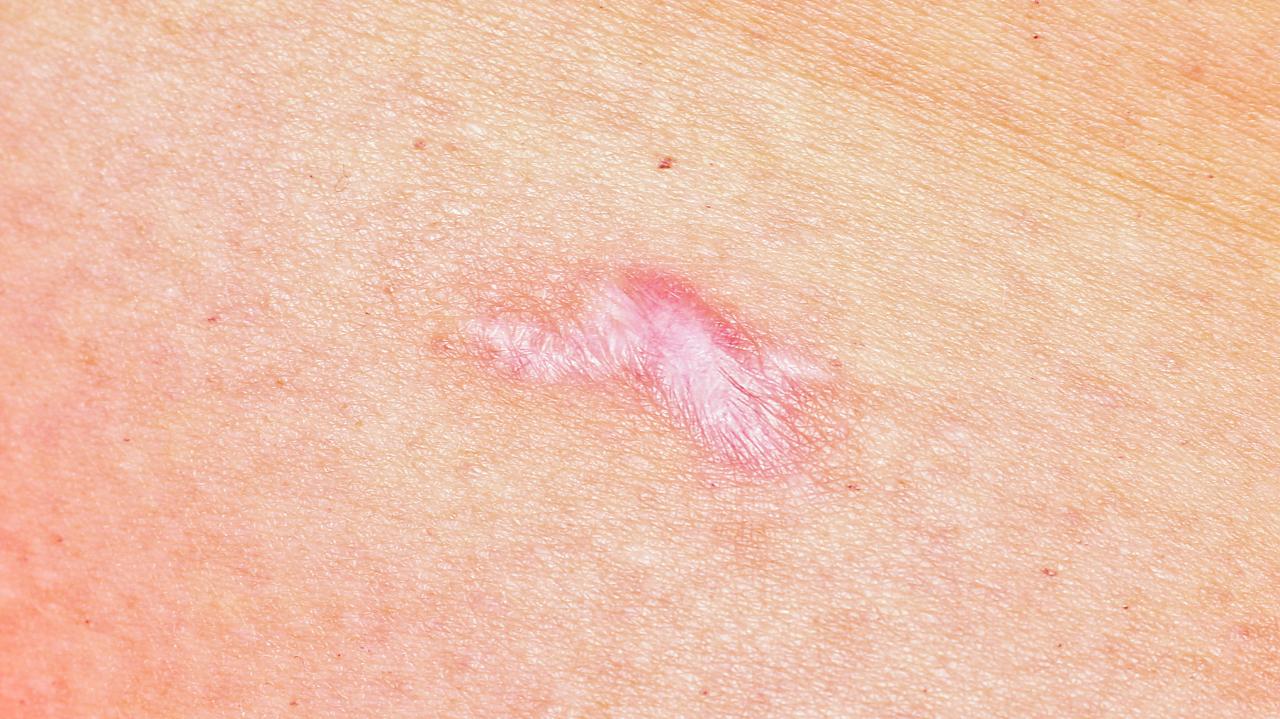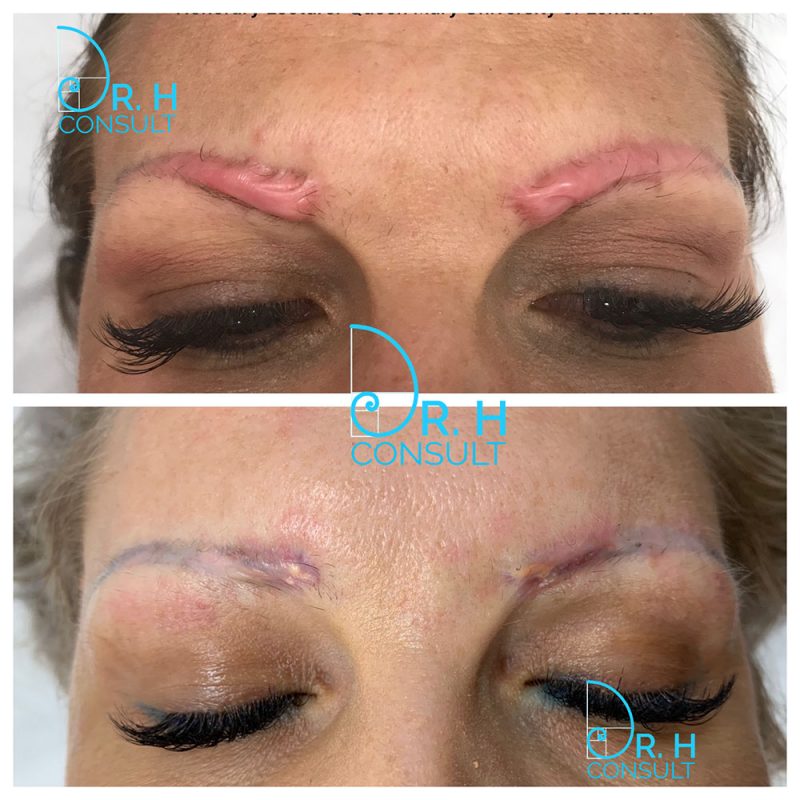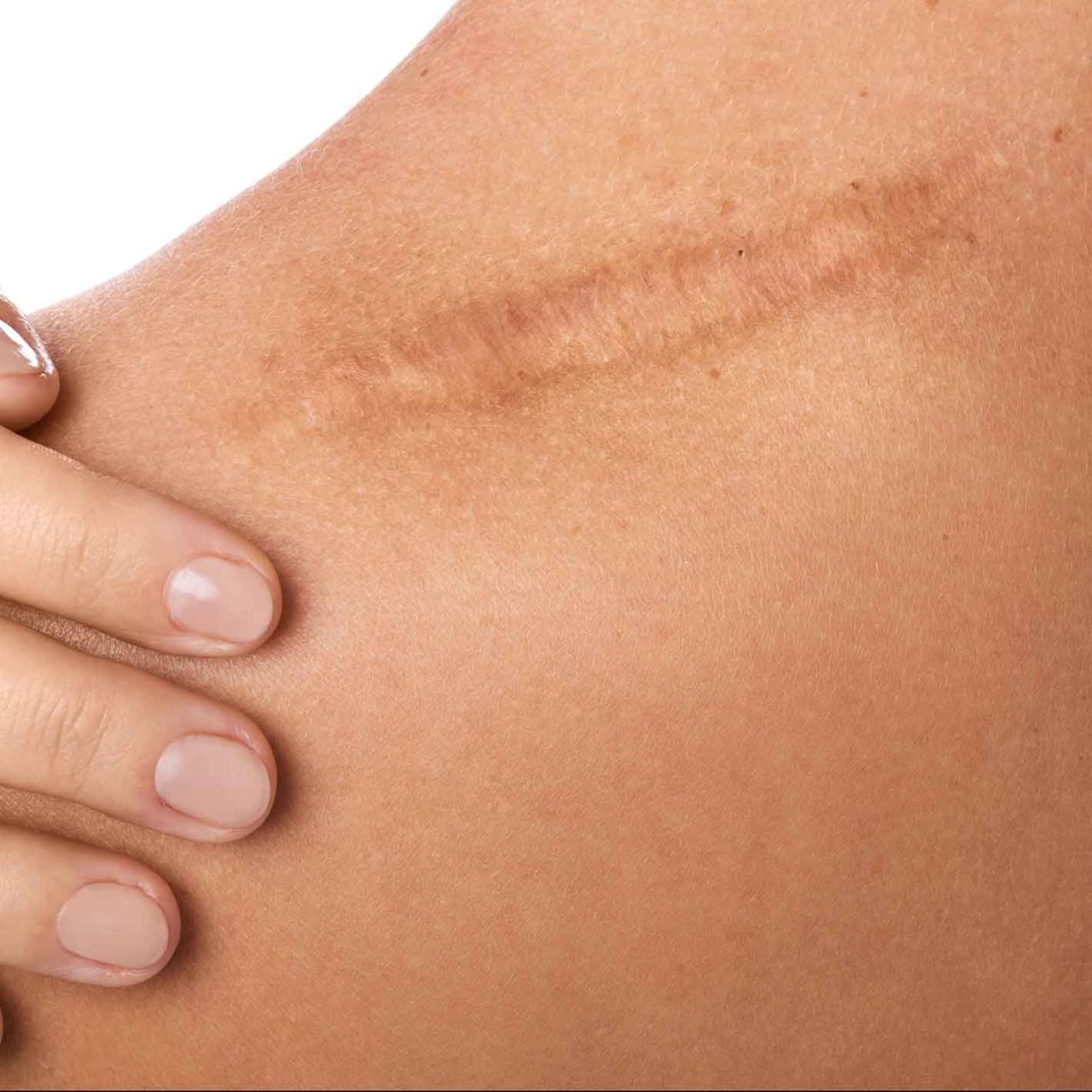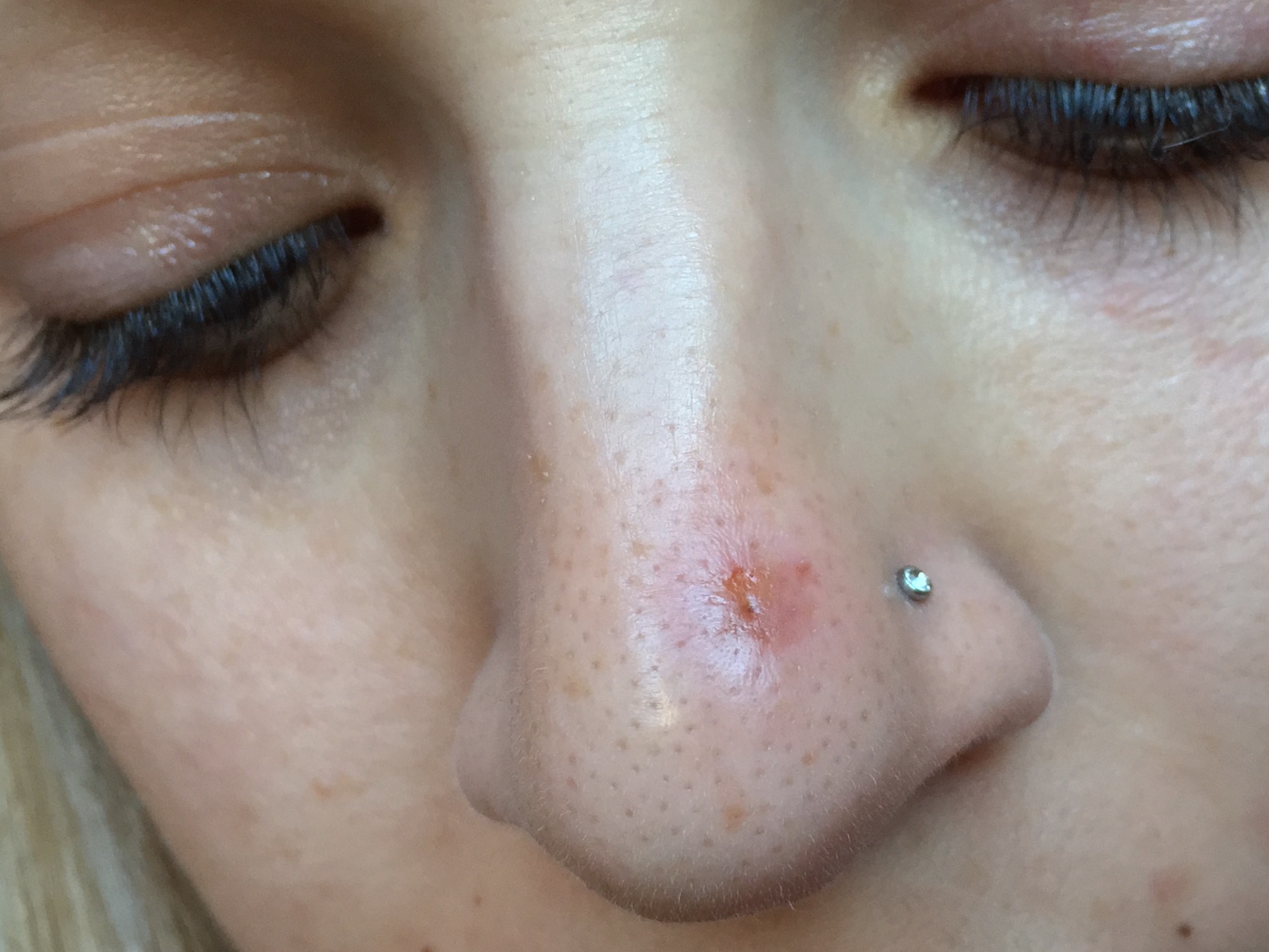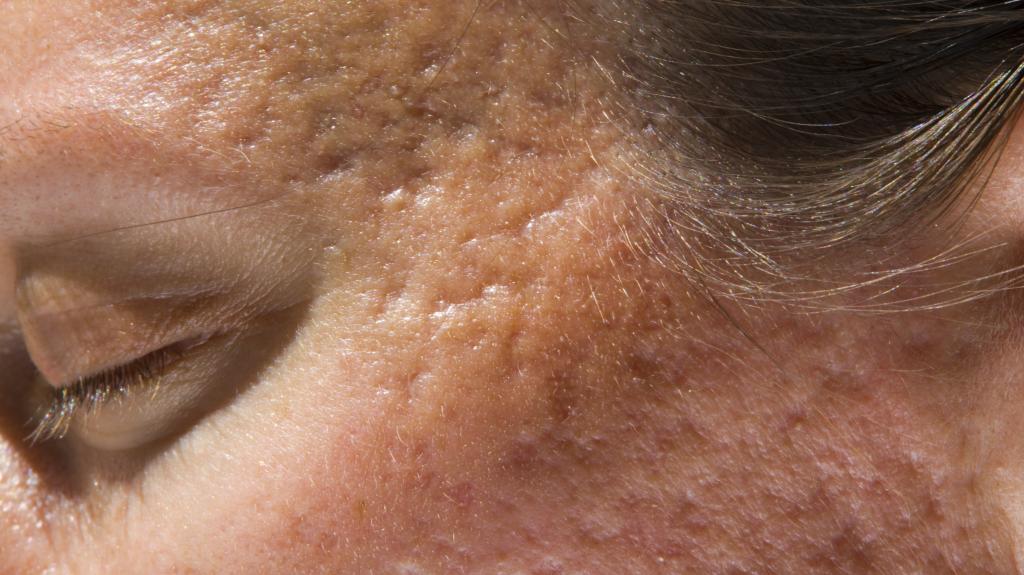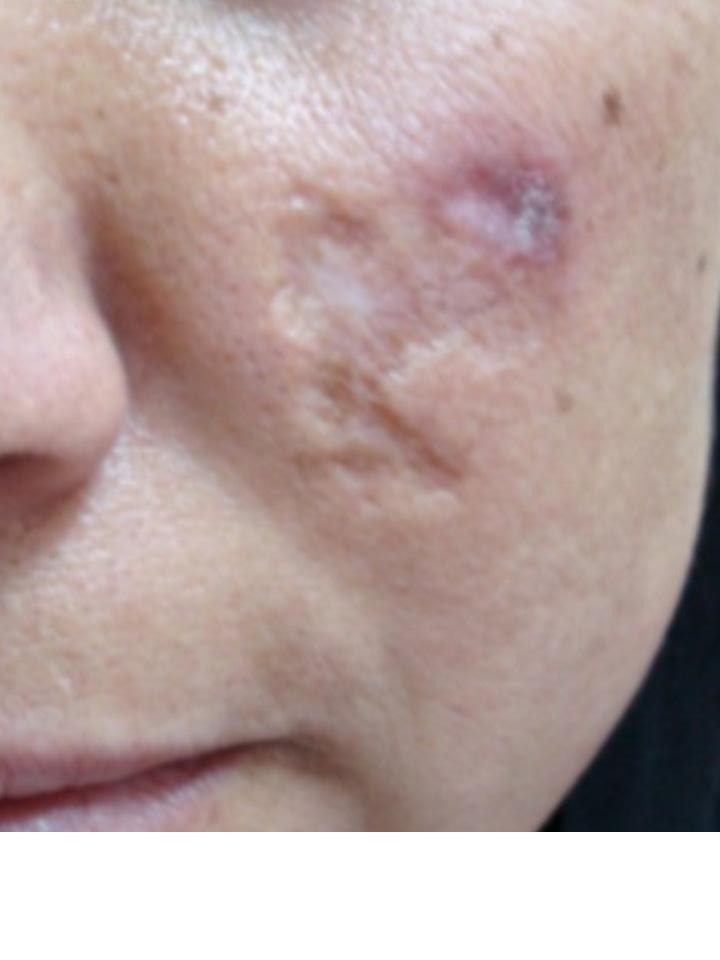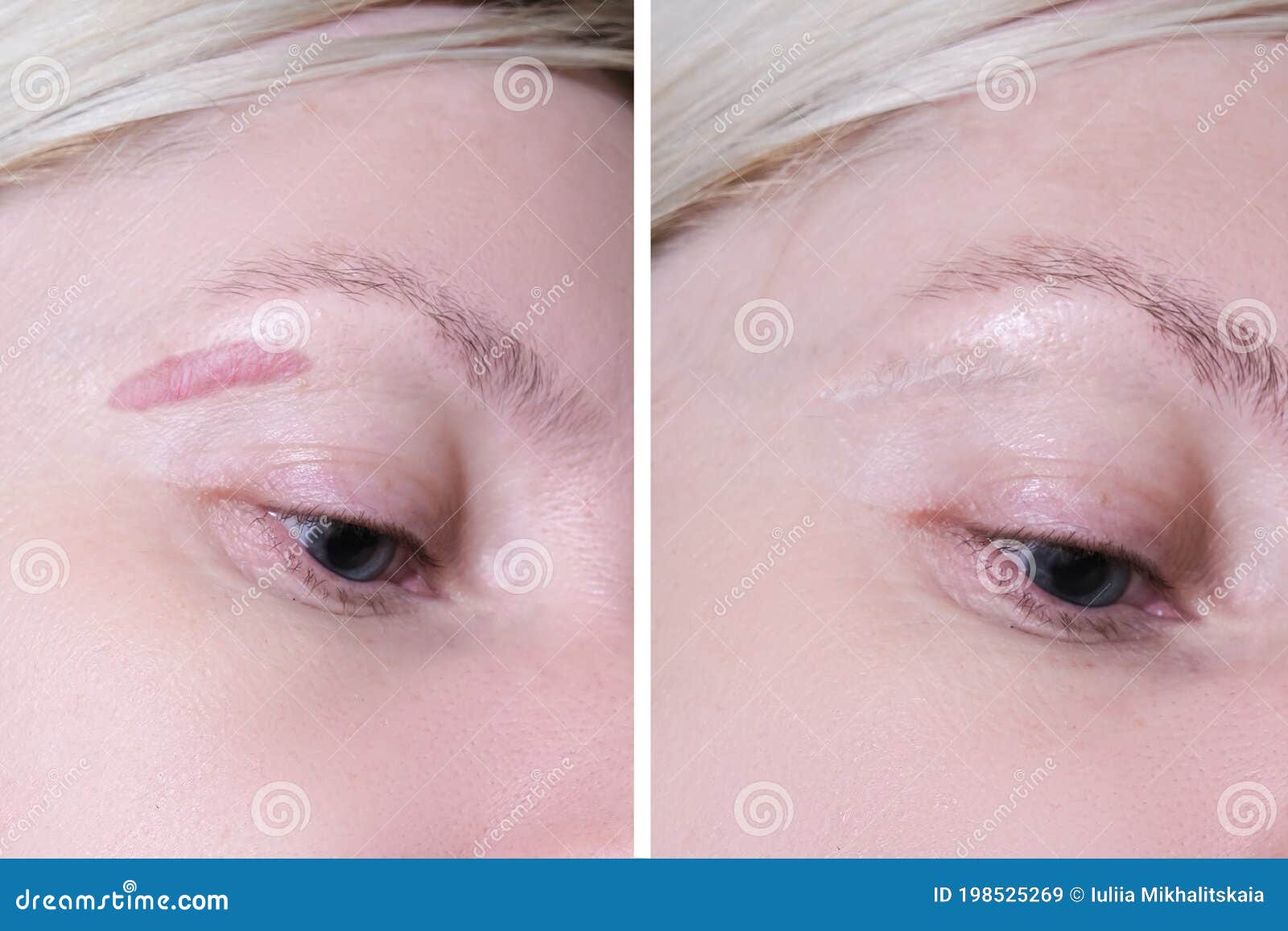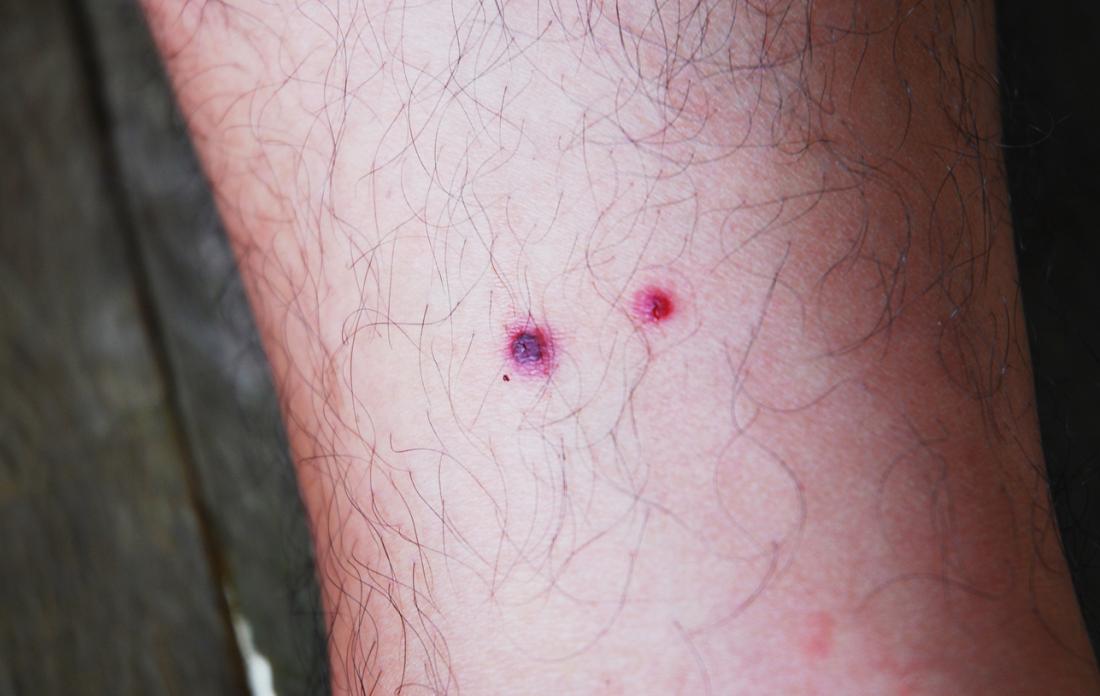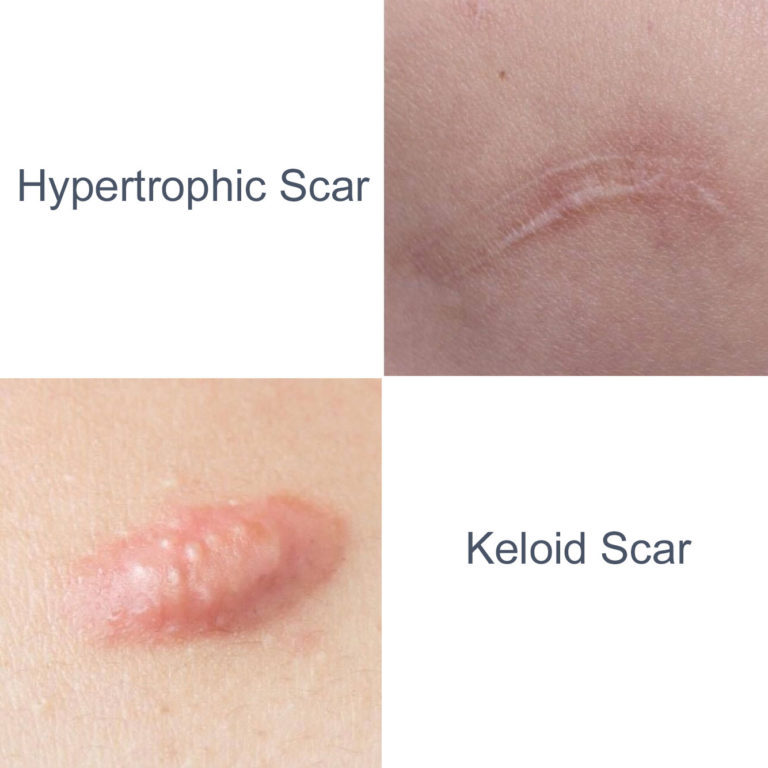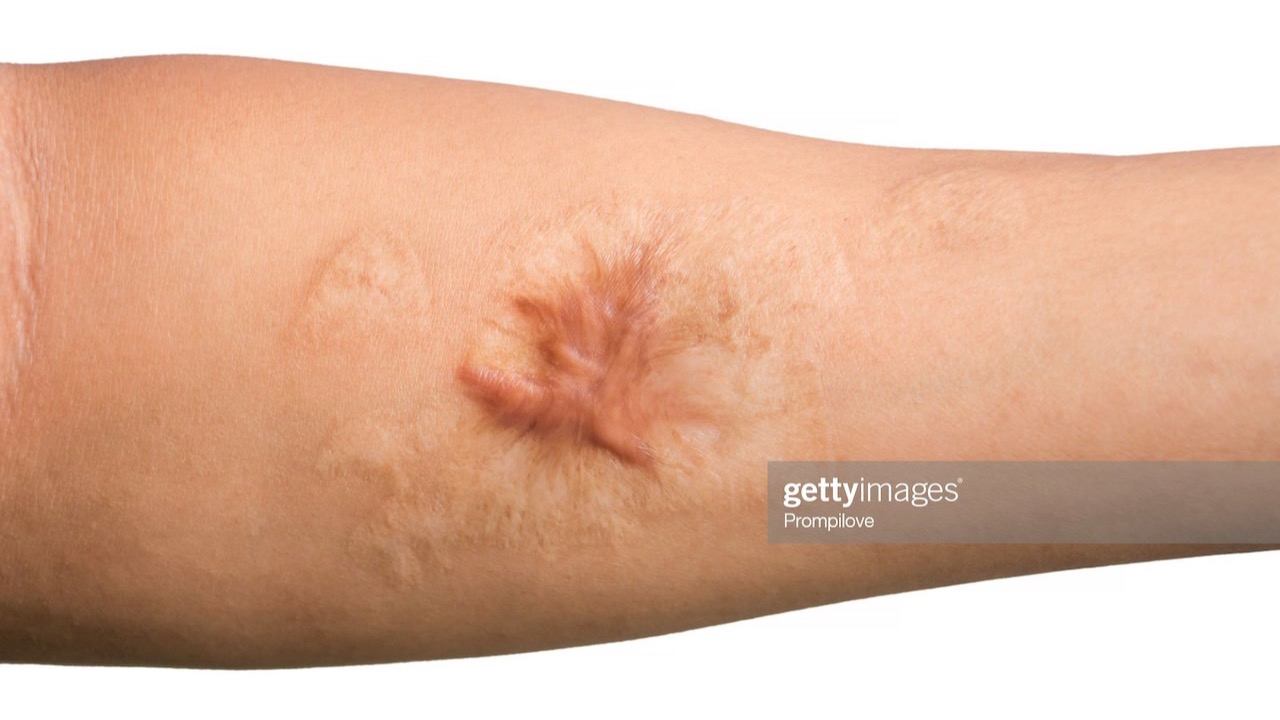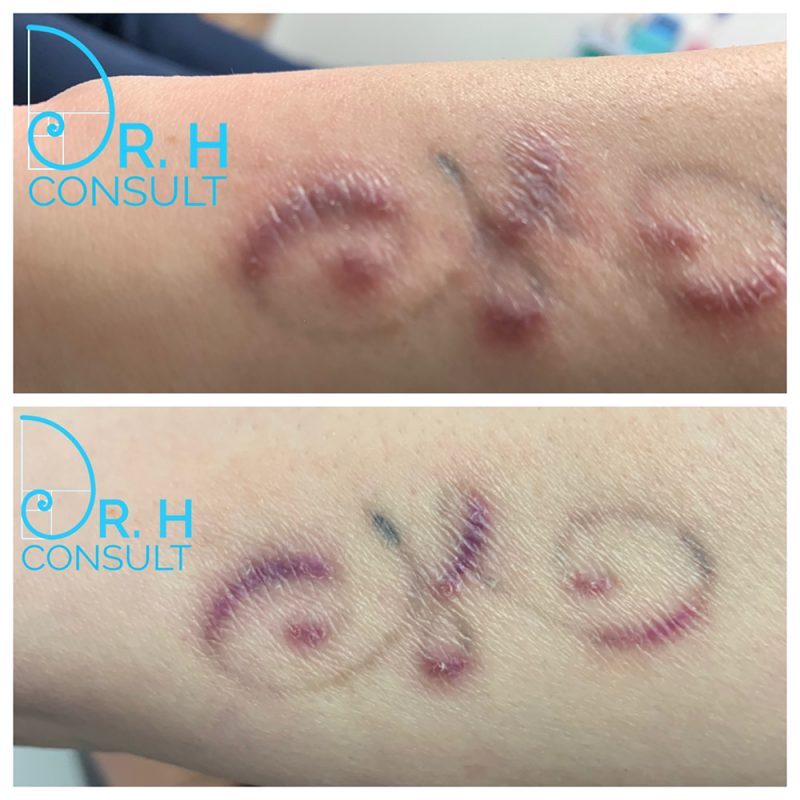Nice Tips About How To Heal Hypertrophic Scars

Over time, most scars fade away.
How to heal hypertrophic scars. Hypertrophic scars usually start to develop within weeks after the injury to the skin. In treating hypertrophic scars, steroids may be the first line of therapy. A hypertrophic scar can form on a piercing that hasn’t healed yet.
Using home treatments 1. Onion extract prevents scar development and improves the look of scars by. Hypertrophic scarring is common and can occur in all races and ages whereas keloid scars are less common and are more frequent in.
Many scars fade over time, and though there are no treatments to make scars disappear entirely, there are medical treatments and home remedies that may help reduce their appearance, depending on the type of scar. Scars come in all shapes and sizes. While there’s no quick fix or single approach that will help you avoid scars completely, early treatment can help, she says.
But there is not 1 simple cure. Avoid the use of treatments that. Some studies suggest that aloe vera can help keep the skin moist and promote wound healing, but there is no evidence to suggest that it can treat scarring.
Introduction hypertrophic scarring represents an undesirable variant in the wound healing process. Pressure garment therapy is a commonly used approach used to try ad prevent hypertrophic scarring, for example, after a burn, however, the effectiveness of this approach is not clear. These scars may also look red, and are usually thick and raised.
Apply a silicone gel or mask. They can result from accidents, burns, surgery, acne and illness. Injections may help to soften the appearance of keloid or hypertrophic scars.
Hypertrophic scars may improve naturally. This is a main treatment for hypertrophic scars. Studies have shown that patients who wear a moist dressing with a pressure garment get better results than patients who use one or the other.
Tips often hypertrophic scars settle over time on their own, but some treatments can help the process. Long pulsed nd:yag lasers or pulsed dye lasers are the lasers commonly used to treat hypertrophic. But this process may take up to a year or more.
Another variant of wound healing, the keloid scar, is often used interchangeably with hypertrophic scarring, but this is incorrect. Although not fully understood, researchers have identified that laser therapy minimizes hypertrophic scarring, decreasing the scar's redness and allowing for better movement by breaking down hypertrophic scars. The excess connective tissue deposited in hypertrophic scarring is restricted to the area within the original.
Introduction wound healing is a complex physiologic process in which the body attempts to replace destroyed and damaged tissue with newly generated tissue and restore the skin’s barrier functions. When worn for six weeks after surgery, it may prevent a raised scar. Future studies should focus on a possible optimization of infiltrative therapies, consistent end‐point evaluations, adequate follow‐up periods, and possibly intraindividual treatments.


